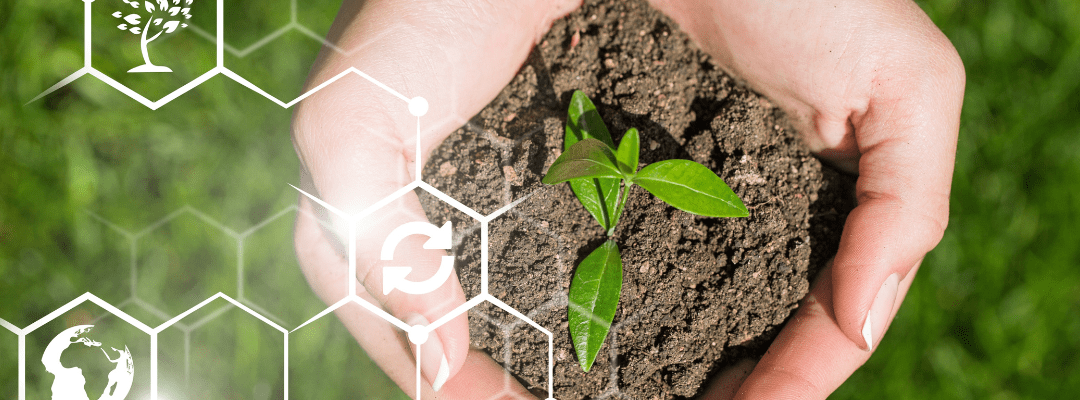Changing weather patterns continue to impact crop productivity, and with more than 70 percent of the U.S. corn crop hit by drought this year, it continues to shine a spotlight on the necessary work of researchers in agriculture. Combined with the need to increase food productivity over the next decade and a half, using research to pull forth the strongest crop traits are essential to meeting our world’s food requirements.
And, among these are the stay green trait – which help crops stay green for longer, even under drought and heat stress. Unlocking this trait for future hybrids serves as essential as growers face more challenging dynamics in the field.
To help monitor stay green trait dynamics, remote sensing plays an important – and essential role. Most importantly, this data can be used to track the performance of the stay green trait throughout the crop growth cycle by using remote sensing to observe changes in vegetation indices, stress responses, and other relevant parameters over time.
Remote Sensing’s Role in Measuring the Stay Green Trait
Using high-resolution aerial imagery to monitor plants and their greenness can offer a few different layers and types that can be effective in understanding how its performing within the field under certain conditions.
It starts with the imagery that is captured on the field via a drone. This imagery can be captured as RGB or multispectral; with RGB giving you a bird’s eye view into the field and a visual assessment of what’s happening. Multispectral imagery, on the other hand, unlocks the ability to analyze what’s happening with vegetative indices, like Normalized Difference Vegetative Index (NDVI), which offers a visualization into light being absorbed vs. reflected, providing an indication of crop health and helping to measure the performance of the stay-green trait. With the stay green trait, the goal is to extend chlorophyll levels and ensure plants are staying green longer, which can be picked up with these vegetative indices.
Once imagery is taken in the field, it can be processed via a data science ecosystem to generate plant-level measurements and insights for precise data sets that indicate how greenness may vary over time, but also between different trials.
Through this processing step, specific analytics are delivered that provide insight into stay green – such as Canopy Cover. Canopy Cover quantifies the fraction and uniformity of green vegetation, providing a look into healthy crops. This analytic gives a direct visualization of the greenness of your plot or field – helping to measure stay-green.
That’s helpful to get a snapshot in time to see what’s happening in the field. But, perhaps the strongest benefit to using remote sensing is the ability to repeat the measurements on a frequent basis without variability in the data that you’re getting.
Calibrating the sensor before capturing multispectral imagery means that you can eliminate any variability between the images that are taken, so that you can build a comparison over time to understand what’s happening in the field – and which factors may be impacting crop performance, health, and stress.
This is often where researchers find the most benefit, either through Crop Health analytics with vegetative indices or by analyzing Canopy Cover as the season progresses. By getting a frequent snapshot in time to see what the field looked like at that point, and comparing how it may have changed given specific variables, it can give insight into trait selection – as well as understand how the stay green trait may be impacting overall outcomes over time.
It Doesn’t Stop There: Informing Agronomic Modeling
With the use of advanced data science and machine learning, data and analytics delivering in agriculture has evolved to include modeling – which takes different variables to inform a machine learning framework; which can then provide insight into the past, present, and future.
What this means is that if you are researching a stay green trait, but want to understand how different variables are impacting the overall performance, an agronomic model can help to provide this insight.
This may include management records, like planting or input application data, weather information (like growing degree days), and remote sensing data to build an agronomic model to understand how these factors are impacting the overall plant growth and health. Agronomic modeling can be used to fit a variety of use cases; and goes beyond plant-level measurements by offering a cohesive picture to help understand the why – which is often the hardest part to understand which so many unpredictable and different variables in a crop’s growth cycle.
Measuring Stay Green Trait Performance: The Starting Point
With the middle of the season looming ahead, it may be challenging to add in additional technology to gather data points – even if they may be critical to research. That being said, there’s still an opportunity to start measuring the stay green trait now.
This can be done in a variety of ways and doesn’t mean one has to become an expert in flying a drone. Sentera offers Flight Services, which connects customers with pilots who are able to come out and fly fields to capture aerial imagery; which Sentera then processes into plant-level measurements and insights.
Using satellite data to get initial access or insight into vegetative indices can be a great starting point as well – while the quality here won’t be as strong as flying a drone, it will start to give an indication of what the data may look like.
Lastly, it can also start by collecting the data that you do have available around stay green trait performance and trials – and using that data to start to inform future data needs and requirements. Sentera offers a Lookback Program that works to put this historical data to work and help to unlock how it informs the future.
After all, having crop variants more resistant to challenges imposed by changing weather patterns has the opportunity to transform productivity, which will be necessary for meeting the growing needs of our world.


